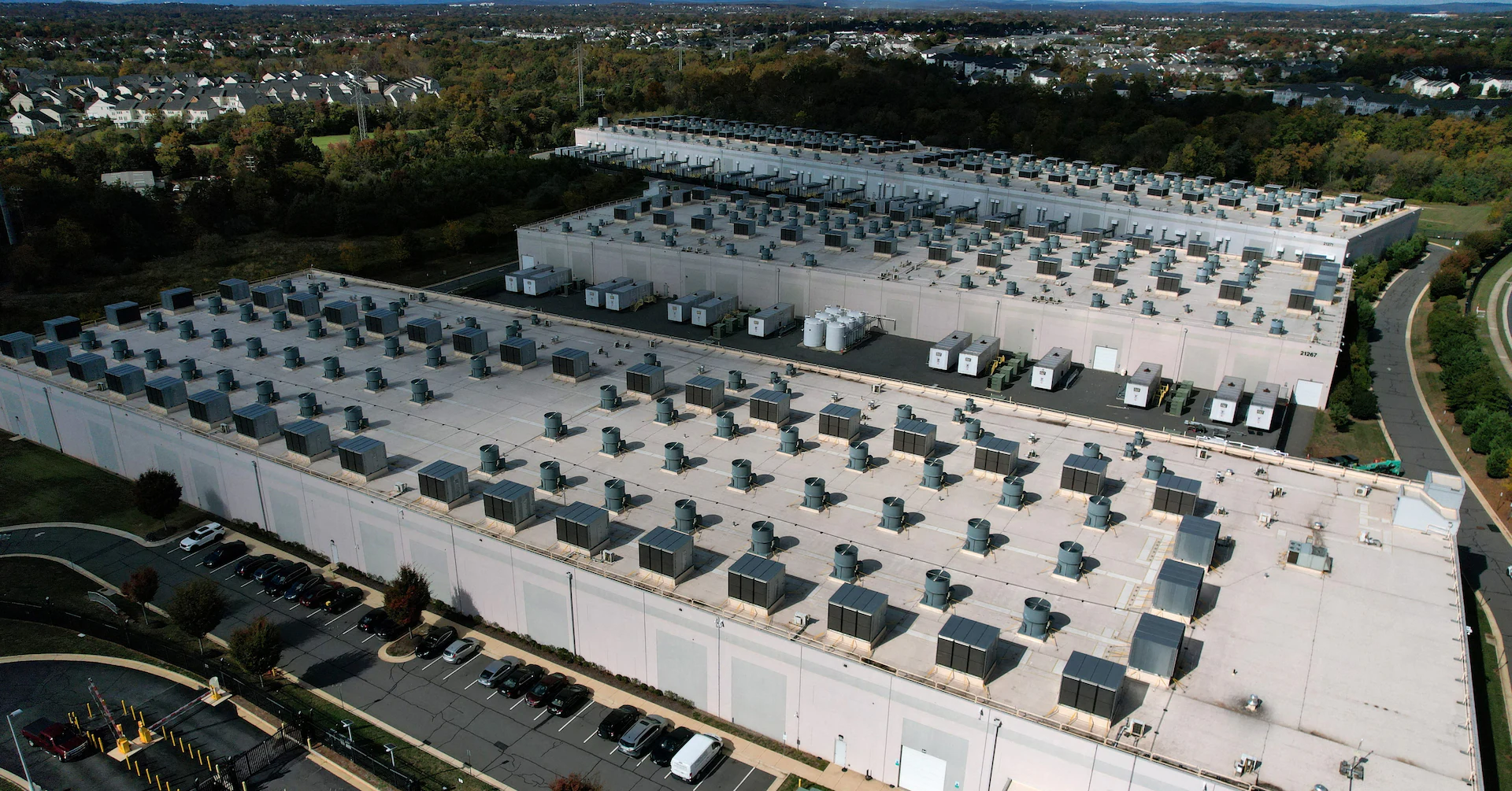Copyright Reuters

LONDON, Nov 5 (Reuters) - AI fever has propelled global stocks to record highs, but the data centres needed to power the promised revolution are increasingly being financed with complex debt that investors are scouring for signs of a bubble. Enthusiasts say that unlike previous episodes of market mania - such as the dotcom boom of the late 1990s - this one is driven by companies that are profitable, have deep pockets and an undeniable business case. Sign up here. Now, however, some observers including the Bank of England say pockets of risk are building in parts of the financial system populated by opaque, hard-to-trade illiquid assets. Here are five charts that show the emerging story of the debt funding AI's race for space. 1) AI INVESTMENT GRADE BORROWING EXPLODES BofA data shows $75 billion of U.S. investment grade debt issued by AI-focused Big Tech hit the market in September and October alone, more than double the sector's average annual issuance of $32 billion between 2015 and 2024. The total included $30 billion from Meta and $18 billion from Oracle. Add to that Google owner Alphabet's new borrowing, announced on Monday, or a $38 billion high-grade loan linked to Oracle's Vantage data centres, recently reported by Bloomberg. The $75 billion in deals from September and October still only make up 5% of $1.5 trillion in U.S. investment grade debt issues so far this year. But Barclays says AI-related tech debt issuance is the key determinant for potential credit market supply in 2026. Debt is also taking on hybrid forms. For example, Meta agreed a $27 billion financing with Blue Owl Capital for its biggest data centre project, using a complex structure that keeps the debt off its own books. JP Morgan estimates AI-linked companies account for 14% of its investment grade index, surpassing U.S. banks as the dominant sector. 2) ORACLE: STANDOUT SHARES, RISING CREDIT RISK Oracle shares have soared 54% in 2025, set for their most powerful annual rally since 1999. Its AI-driven surge in revenue has made it one of Wall Street's most valuable companies. Yet a surge in its credit default swaps - a form of insurance against default for bondholders - shows investors are worried about the U.S. tech giant's debt levels. 3) MORE AI-RELATED 'JUNK' BONDS AI-related issuance is also beginning to show up in the high-yield, or "junk", debt market, which carries higher default risk but offers higher returns. Last month, bitcoin miner turned data centre operator TeraWulf issued a $3.2 billion high-yield bond rated BB- by S&P Global, while Nvidia-backed AI cloud provider CoreWeave issued $2 billion in high-yield bonds in May. 4) PRIVATE CREDIT'S INCREASING ROLE IN AI FUNDING Fast-growing private credit - extended to companies by entities, such as investment firms, rather than banks - is also increasingly funding AI data centres, according to UBS. The bank estimates private credit AI-related loans may have nearly doubled in the 12 months through early 2025. Such loans offer more flexibility, but can be harder to trade during market turmoil, potentially causing more financial market stress. Morgan Stanley estimates private credit markets could supply over half the $1.5 trillion needed for the data centre buildout until 2028. 5) AN ABS MAKEOVER? Securitised products, such as asset-backed securities (ABS), will also help fund AI industry growth, according to Morgan Stanley. They bundle together illiquid assets such as loans, credit card debt, or - in AI context - rent payable to a data centre owner by a Big Tech tenant, into a tradable security. While digital infrastructure accounts for just 5%, or $80 billion, of the roughly $1.6 trillion U.S. ABS market, BofA notes it has expanded more than eightfold in less than five years. It estimates that data centres backed 64% of that market, which it expects to reach $115 billion by the end of next year driven primarily by data centre construction. ABS are standard financing instruments, but are viewed with some caution since the 2008 financial crisis, when billions of dollars worth of products turned out to be backed by soured loans and highly illiquid and complex assets. Reporting by Lucy Raitano; Editing by Tomasz Janowski



